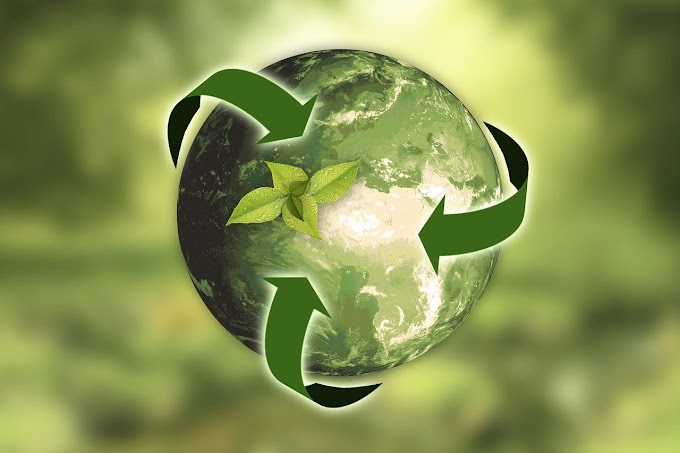Lamination and Coating
LAMINATES
Lamination is defined as a process in which the technical
or industrial fabric is sandwiched between two sheets of thermoplastic sheets,
rubber or elastomers sheets. It is a process in which the layers of fabrics and
other materials such as foam products are combined together to form a composite
material.
Application: The application varies from apparels to
upholstery.
Classifications of Laminates:
Laminates are classified into following headings that is,
Rigid, waterproof breathable laminates, flexible fabrics
Rigid
Laminates:
- Rigid laminates are tin layers of sheets combined by adhesives (Resins)
- For manufacturing of rigid laminates both thermoplastic and thermosets resins are used. Thermoplastic resins used are nylons, polyester, fluorocarbons etc.
- They soften and melt under application of heat and harden on cooling.
- Thermosets used are generally epoxies, formaldehydes etc. They have irreversible action.
Flexible
Laminates:
- These laminates are produced by laminating one fabric to another fabric by using thermoplastic resin or film
- Vinyl or polyester films are bonded to fabric by the means of het and pressure
- The primer coat is applied on the fabric and it is a continuous operation producing large roll
Waterproof
Breathable laminates:
- They are waterproof and durable to home washing
- Microporus polytetrafluoroethylene polymeric film laminated to cotton, polyester/ cotton
- They are flexible in nature which provides comfort to the weaver
Laminate Types:
Honeycomb
Laminates: They are made from resin impregnated fabric having high strength/
weight ratio
Sheet
Stock: In this type the fabric layers are impregnated with laminating varnish.
During this process the impregnated sheets are placed in hydraulic press to
from sheet of desired thickness and the sheets are formed are subjected to
controlled heat and pressure.
Tubes
and rods: In this process resin is impregnated fabric is wound and rolled
between heated pressure rolls. Tube assembly cured in oven.
COATING
- A coated fabric can be defined as a composite material where the strength properties and other characteristics are improvised by applying a suitable polymer composition.
- Coatings are of different types such as coating can be done on one surface, on both surface or on two fabrics with inter-ply polymer. The choice of coating process depends on the end use requirement of the coated fabric and the physical and mechanical properties of the base fabric.
- Some
fabrics required pre-coating preparations like cotton or cotton / polyester
blend substrate. The following diagram represents a general sequence of coating
operation.
- The fabric is passed through an oven after coating to evaporate excess solvent, if present and cure the resin
- Here, low temperature is maintained for solvent evaporation followed by higher temperature is used for curing
- There are different types of coating techniques used such as knife coating, roller coating, cast coating, extrusion coating and transfer coating
Transfer
Coating:
- In this process, coating material preformed into continuous sheet which is laminated to the substrate either by using heat or adhesives.
- The major advantages of this process is that coating film is free of holes or defects before it is applied to the fabric, it provides softest coating of all methods and there is no chance of bleeding of coating.
- This process allows stretchy knitted fabrics or open construction fabric to be coated because the resin is not applied directly to the fabric. The resin is first coated on to release paper to produce a film. This film is transferred to the fabric.
- At the initial stage, the resin is coated on to the transfer paper and the excess solvent is evaporated. Then the second layer becomes the base.
- Now, the fabric is laid on the top of the coating, nip together evaporate the solvent and crosslink the two layers. At last, the coated fabric is peeled off.
Knife Coating (Spread Coating):
- In this method, the coating fluid is directly applied to the fabric and spread uniformly by the means of knife.
- The thickness of the coating is controlled by gap between the bottom knife and top of fabric
- There are different knife coating techniques which depends on the position of the knife onto the fabric. Knife over roll, Knife over blanket and floating knife.
- The disadvantage of knife coating is that it gives lines of coating and limited amount of coating is applied in one pass.
- The knife shapes influences the coating weight and penetration of the coating. There are different types of knife shape pointed blade, shoe blade and round blade.
- Pointed blade: Sharper the blade, more the coating material scrapped off, giving low coating weight.
- Round blade: It gives relatively higher coating weight than a sharp point.
- Shoe blade: Gives highest coating of all blade shapes. Longer the length of shoe higher the coating weight.
Roller coating:
- Fabric is passed over coating roll in a through of coating liquor, for even coat application metering roll is used which picks up fixed amount of coat and blade on primary roll.
- The disadvantages with this process are that it is not suitable for high speed coating; coating amount depends on the surface tension.
- This process is extensively used for application of vinyl coating to paper fabric and non-woven webs.
Spray coating:
- In this process, latex coating formulated at lower viscosity is sprayed through series of nozzle on travelling fabric web.
- The fabric is dried and cured. It is widely used for back coating of upholstery fabrics where fabric weights, construction or yarns do not allow conventional knife or roller coating.
Cast coating:
- Combines both coating and curing operations into one process to produce high gloss coating upon fabric web.
- Coating material chosen for rapid curve and viscosity applied to fabric prior to contact with heated casting drum.
- Coating sets on contact and fabric stripped from the drum, suitable for relatively open weave fabric with a high degree of stretch.
 |
| Fig- Cast Coating |









0 Comments